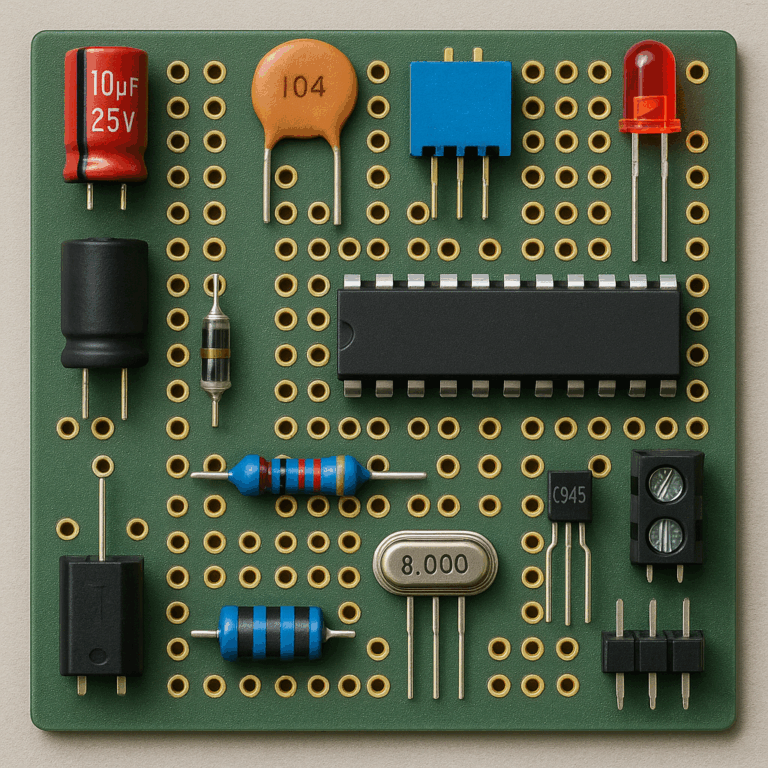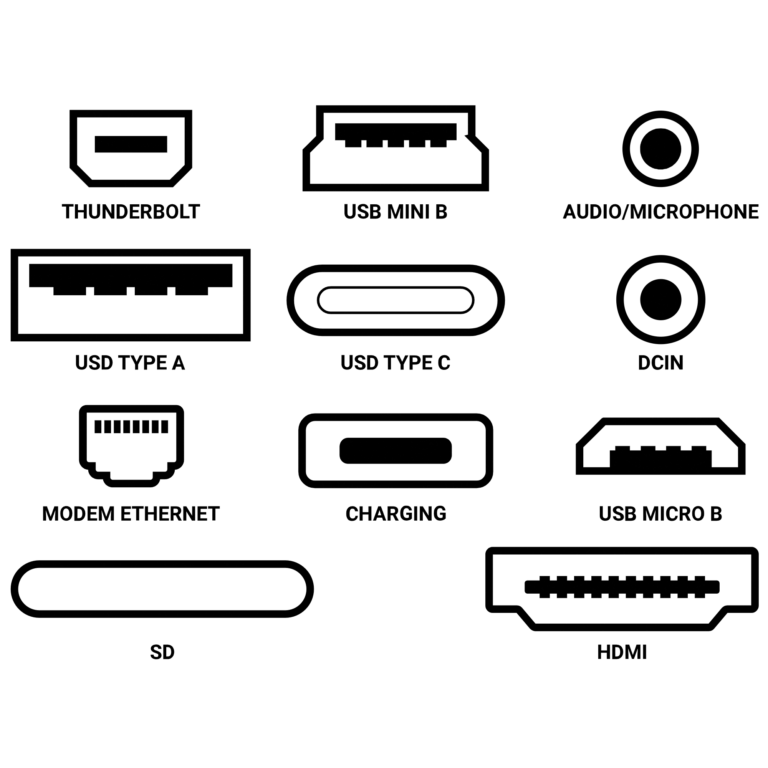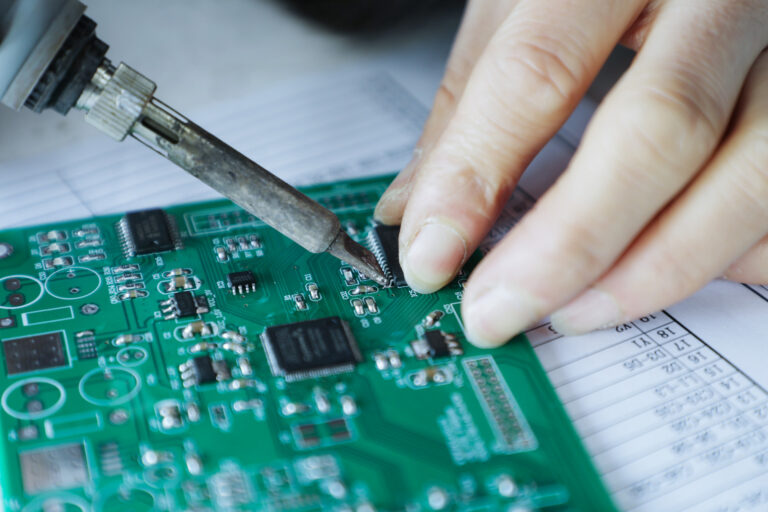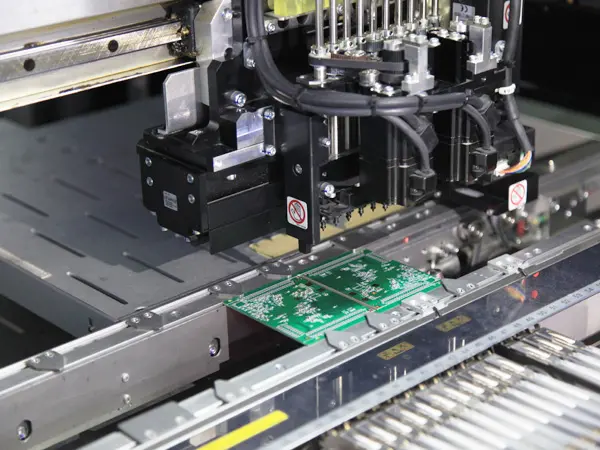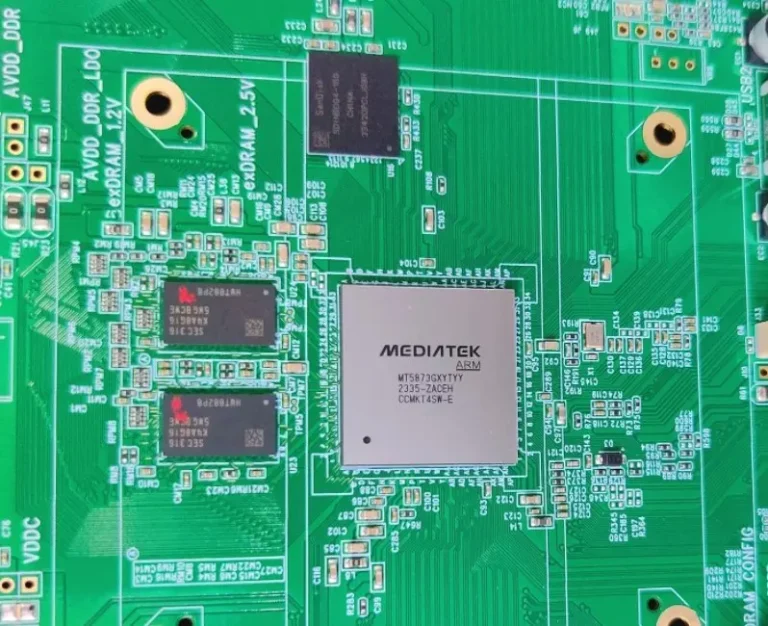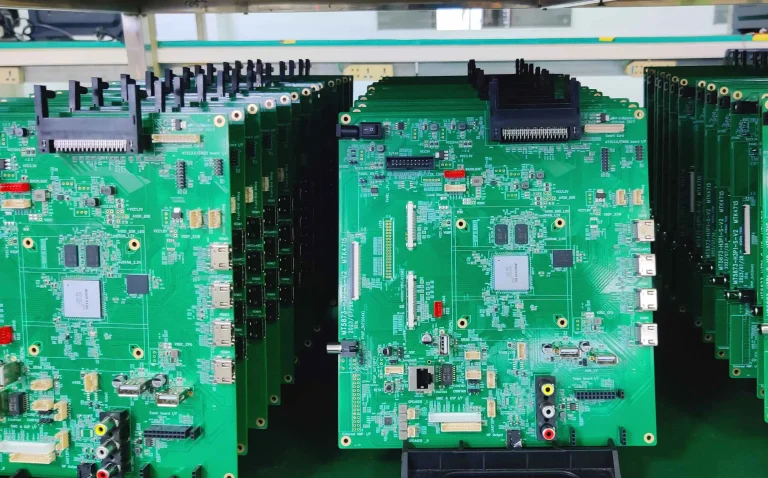Table of Contents
- Introduction
- What are Circuit Board Parts? (and Types)
- Components of a Printed Circuit Board (PCB)
- Classification of Circuit Board Components
- How to Identify Circuit Board Parts (Identification Guide)
- Circuit Board Parts Placement: How are Components Placed?
- How Are Circuit Board Components Connected? (PCB Interconnections)
- Choosing the Right Circuit Board Parts: What to Consider?
- Easy to Understand Visual Guide to Circuit Board Parts
- Common Questions about Circuit Board Parts (FAQ)
- Tips and Best Practices for Beginners
- Additional Learning & Resources
- Conclusion
- About the Author
- Related Reading (Internal Links)
Introduction
Understanding circuit board components is important for anyone interested in electronics. Whether you’re inspecting the circuit board of a remote control or assembling a custom DIY device, you’ll encounter a wide variety of components on a circuit board. This article will provide a comprehensive understanding of each component on a circuit board, their role in each circuit, and how the various components connect to form a functioning circuit.
From basic components like resistors and capacitors to complex integrated circuits (ICs) and connectors, this article covers what you need to know to help you understand circuit board parts. Understanding circuit board components is not only essential for building or designing a device, but also for testing and troubleshooting circuit board assemblies, and preventing damage to PCBs and sensitive components.
What are Circuit Board Parts? (and Types)
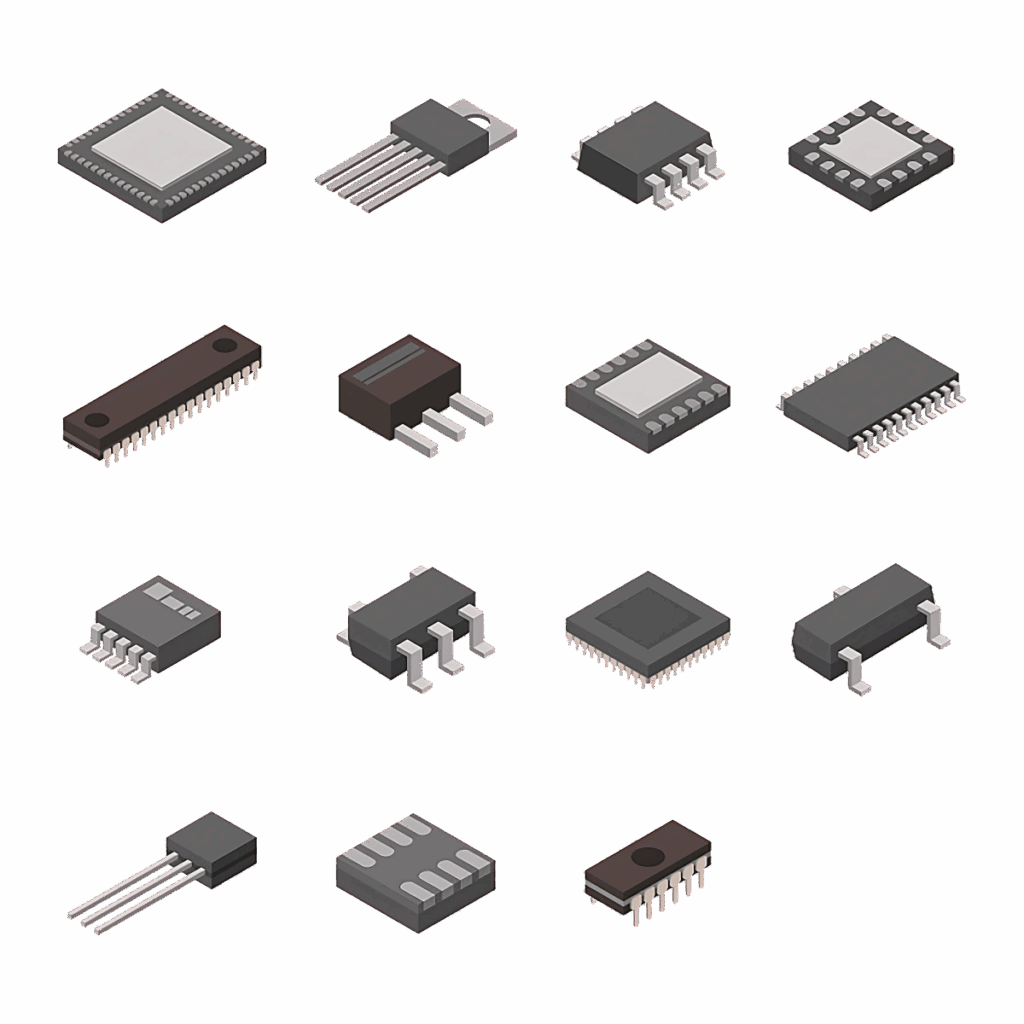
At its core, it’s a complex system of electronic components that each do their own job. These components are categorized by how they interact with the electrical current flowing through them, and include resistors, capacitors, diodes, and transistors, as well as many other passive and active components that manage electrical current, store energy, or amplify signals—these components make up every circuit!
The type of board (from simple single-layer PCB designs to more complex multi-layer PCB designs) will determine which components are necessary to make up the circuit. As the types of components increase and their layout becomes more complex, the complexity of the circuit increases as well.
Types of Components
- Passive components include: resistors, capacitors, and inductors—those that store electrical energy, control current in a circuit, and stabilize voltage.
- Active components are the partslike transistors, ICs, and diodes; these perform amplification, switching, and other dynamic functions.
Electromechanical components such as relays, connectors, and switches physically interact with the environment, often connecting the components on a circuit board to external devices or other circuits.
Components of a Printed Circuit Board (PCB)
A printed circuit board (PCB) is not just a platform; it’s a network where components are arranged, soldered, and connected to perform complex tasks. Understanding the circuit means knowing how components and their functions relate, and how the complexity of the circuit is shaped by the choice of components onto the PCB.
Basic PCB Construction
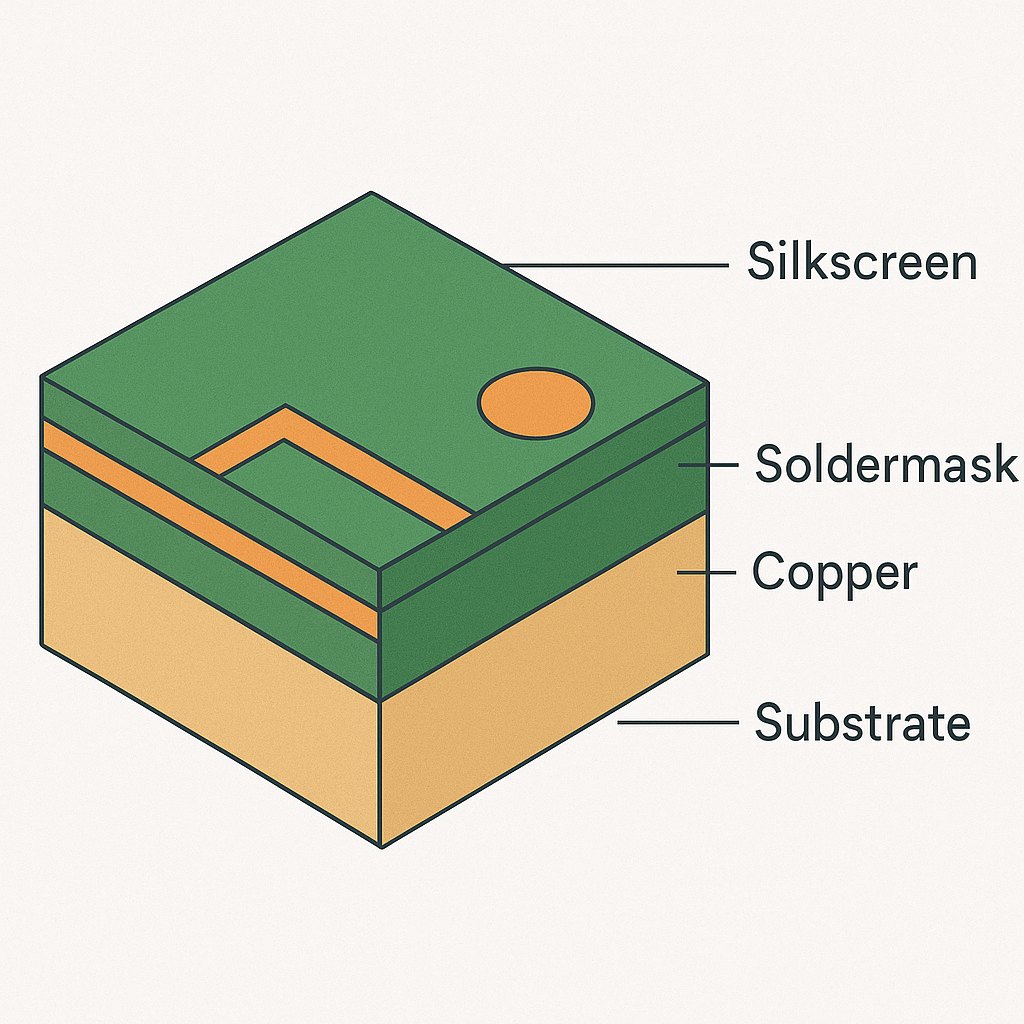
A bare board consists of the following:
- A substrate such as FR-4 or polyimide, which provides insulation and mechanical strength.
- A copper layer printed on the board, which provides an electrical path for the current in the circuit.
- Solder mask and silkscreen markings make it easier to inspect the board, helping to identify components and properly place parts on the PCB.
Essential Circuit Board Components List
Here’s a circuit board components list with their key functions:
Component | Function | Example Designator |
Resistors | Limit/reduce current, divide voltage | R1, R2 |
Capacitors | Store/releases energy, filter signals, prevent short circuit | C1, C3 |
Inductors | Store electrical energy in magnetic field | L1, L2 |
Diodes | Allow current in one direction, protect sensitive components | D1, LED1 |
Transistors | Amplify/switch signals, enable logic functions | Q1, Q3 |
Integrated Circuits (ICs) | Data, logic, or analog processing; core components in modern PCBs | U1, IC1 |
Fuses | Protect against overcurrent by breaking the circuit | F1 |
Switches & Relays | Control connections or pathways between points in the circuit | S1, K1 |
Connectors | Interface the board with other circuits | J1, CN1 |
Transformers | Transfer energy from one circuit to another, manage voltage | T1 |
Crystal Oscillators | Provide timing/synchronization | Y1 |
Passive Components
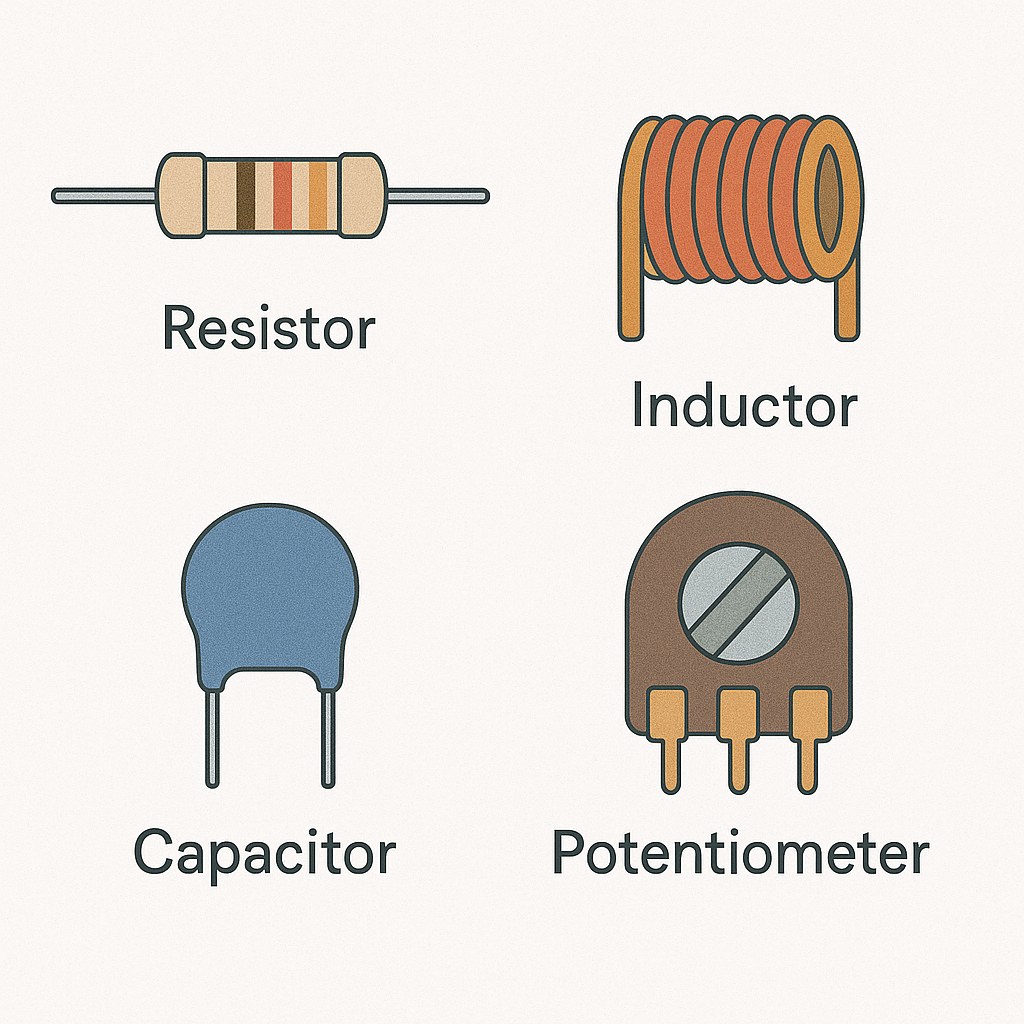
Passive components include: resistors, capacitors, inductors;
Active Components
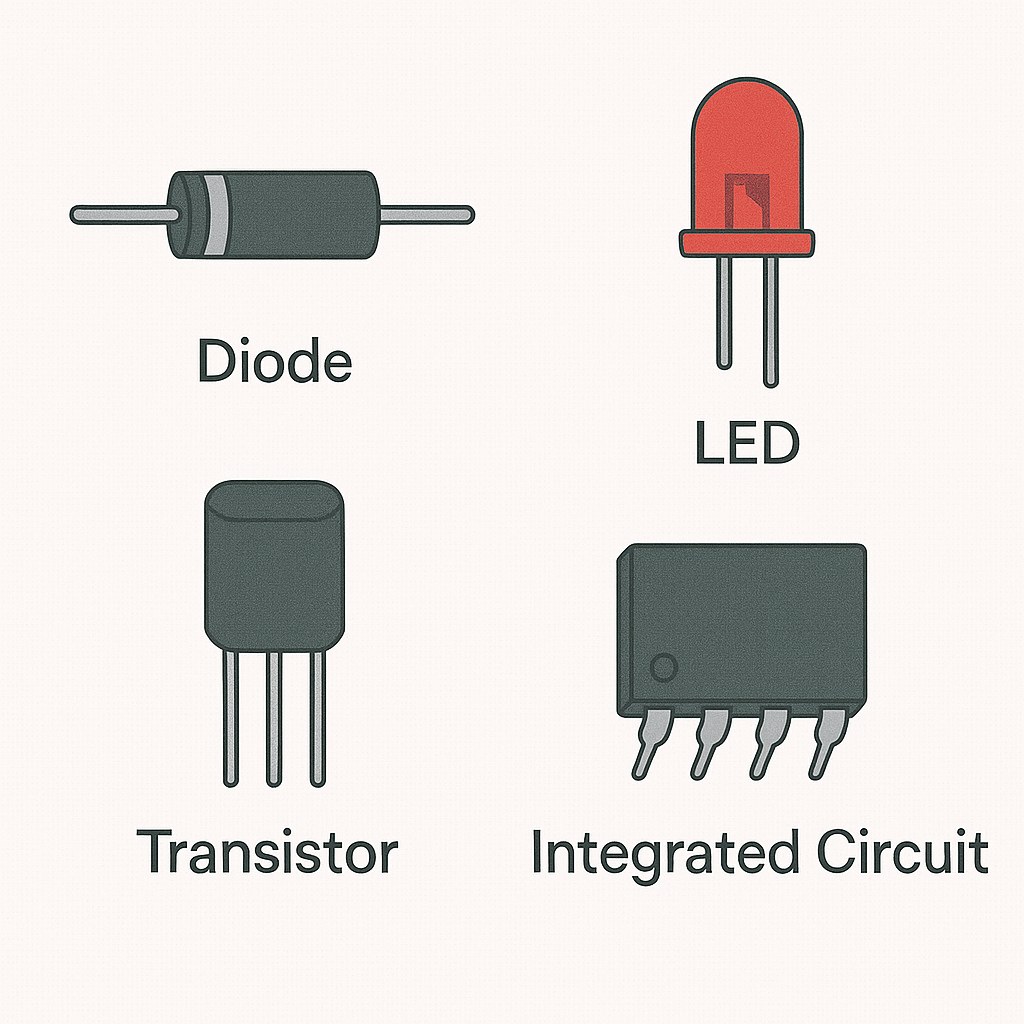
Active components play a key role in signal processing, switching, and amplification: transistors, diodes, and integrated circuits.
Components and Their Functions
Common components found on circuit boards include:
- Resistors: Control current flow, protect against short circuit, and adjust signal levels.
- Transistors: The active components that work together to form amplifiers, switches, and digital logic.
- Capacitors: Store and smooth energy, ensuring requirements of the circuit are met even under load changes.
- Inductors: Store magnetic energy, particularly in power regulation or RF applications.
- Fuses: Break the electrical connections between the components if overcurrent or a short circuit occurs.
Schematic symbols printed on the board help you distinguish different component categories.
How to Identify Circuit Board Parts (Identification Guide)
Whether you’re troubleshooting circuit board components, building a custom device, or just trying to understand circuits, identifying components on a circuit board is an essential skill.
Strategies for Identification
- Reference markings: Circuit boards have markings such as R (resistors), C (capacitors), U (integrated circuits), and Q (transistors).
- Shape and size: Through-hole components (THTs) are usually larger and have pins that pass through to the other side of the board; SMD components are small and soldered directly to the PCB.
- Component markings: Codes printed on the board and components can help you match components in a comprehensive guide or datasheet.
- Testing board components: Use a multimeter to check for continuity, resistance, or voltage drop, and identify faulty components.
Circuit Board Parts Placement: How are Components Placed?
How components are connected and arranged on a PCB determines the complexity of the circuit and its electrical performance.
Placement Technologies
- Through-hole components pass through vias and are soldered to the bottom of the board (ideal for a strong mechanical connection).
- Surface-mount components (SMT/SMD) are soldered directly to the side of the board, allowing for denser packing and more compact devices.
Integrated circuit packages, such as dual in-line packages (DIP) or ball grid arrays (BGA), are selected based on the signal speed, power, and size requirements of the circuit.
Design Considerations
- Components that store electrical energy, like capacitors and inductors, are often placed close to ICs to stabilize operation.
- Components and the PCB layout play a role in heat dissipation, signal integrity, and EMI (electromagnetic interference).
- Proper placement prevents dangerous short circuits and facilitates easier testing of circuit board components and modifications.
How Are Circuit Board Components Connected? (PCB Interconnections)
Components and traces form the core of every PCB assembly. The electrical connections between components are defined by:
Copper traces printed on the board that carry current through the circuit.
Vias connect different layers and provide complex routing for various components.
Pads serve as anchor points for components such as resistors, capacitors, or connectors.
Choosing the Right Circuit Board Parts: What to Consider?
electing circuit board parts means considering the functionality, reliability, compatibility, and future-proofing of each component on the board.
Selection Tips
- Carefully review circuit requirements to avoid selecting underpowered or oversized components.
- Avoid using mismatched packages or inappropriate package types to prevent damage to the PCB.
- Consider electrical ratings, regulatory requirements, and how components will perform together.
Easy to Understand Visual Guide to Circuit Board Parts
Visual and Practical Tips
- Circuit boards have reference markings and sometimes even basic values printed on them to help you understand the board components.
- Examining the circuit board is essential for reading the small codes on SMD components.
- Components that store electrical energy, such as electrolytic capacitors, are often located near voltage regulator circuits or ICs to maintain a stable power supply and prevent voltage sags.
- When inspecting circuit board components for failure, be sure to look for physical signs of a failed component, such as burn marks, cracks, or bulging (especially in capacitors).
- For beginners who want to understand circuit board components, it is important to assemble and test circuit board components on a basic kit.
Tips and Best Practices for Beginners
- When testing circuit board components, always start with basic checks: look for visible damage or smell, use a multimeter, and compare against a known good board.
- As you remove and replace components, keep track of their references numbers to facilitate troubleshooting circuit board components and reduce errors.
- Documenting components’ lists helps with troubleshooting while also helping avoid mistakes.
- Understand the requirements of the circuit: Be sure to use appropriate voltages, ratings and values for every replacement component so your electrical circuit works as intended.
- If working on a bare board, always observe ESD precautions while keeping dust and oils off its surface.
- Labels and reference designators printed on the board serve as your roadmap; never disregard them!
- Passive components include resistors, capacitors and inductors–learn to identify these before progressing with more complex parts.
- Active components play more prominent roles; be mindful when soldering components like transistors, diodes or ICs onto your PCB board.
- Familiarize yourself with both through-hole and SMD parts–even beginner kits can contain both.
- Before using any component found on circuit boards for any new project, always read its datasheet first.
- Understanding of circuit board components comes both through study and hands-on experimentation.
Conclusion
If you want to master circuit repair, electronic design, and PCB assembly, it’s important to understand components ranging from resistors and capacitors to complex integrated circuits (ICs), relays, and oscillators. Each component plays a vital role: some store electrical energy, others regulate the flow of current; connectors also connect them together, allowing devices to interact with their surroundings.
Knowing the components list, their appearance, and their function will allow you to easily identify any circuit board component, select replacement components, and overcome any troubleshooting or design challenges. Remember: the role of components plays a vital role in shaping the behavior and reliability of devices—from connecting two points in a circuit to the complex web of interconnected systems of modern electronics; mastery begins with understanding circuits and their components that work together seamlessly.
Apply these best practices and study each part of a circuit, and your knowledge of circuit components will quickly deepen with each project, repair, and experiment. From installing components on an unpopulated circuit board for the first time to pinpointing shorts in complex systems—this comprehensive guide can help you ensure success!

